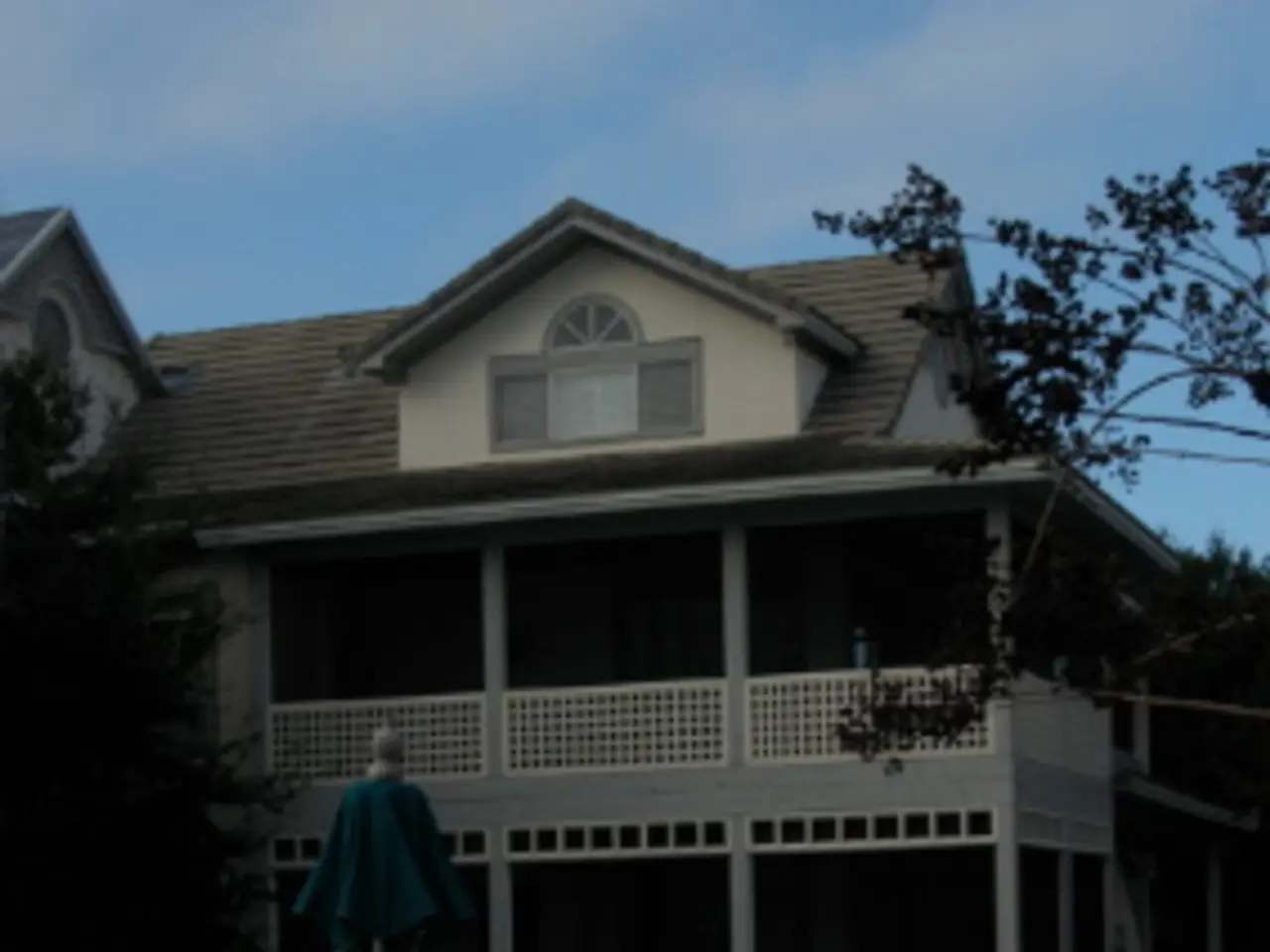Discovering and Resolving Pool Leaks Before They Escalate
A common issue that pool owners may encounter is leaks in their swimming pools. However, with proper understanding and maintenance, these leaks can be easily repaired.
Leaks in swimming pools can manifest in various ways, such as consistent water level drops beyond normal evaporation, wet or soggy spots around the pool area, visible cracks in the pool structure, air bubbles in return lines, higher water or chemical bills, cloudy or discoloured water, and unusual algae growth despite cleaning.
If you suspect a leak, a simple and effective method to confirm it is the bucket test. Fill a bucket with pool water and place it on a pool step, ensuring the water level inside the bucket matches the pool water level outside. Mark the water level inside the bucket and on the pool's edge. After 24 hours, compare the water loss inside the bucket with the pool's water loss. If the pool water level drops more than the bucket’s water level, it’s likely due to a leak rather than evaporation.
Additional simple checks include inspecting the pool area for wet or mushy ground indicating underground leaks, looking for cracks or damaged tiles on the pool surface or deck, and watching for air bubbles in the pump return lines. Monitoring water and chemical usage can also help detect unusual increases.
For more precise detection beyond home testing, professional services use electronic leak detection equipment that can locate leaks even in hidden or underground areas.
Patch kits, specifically designed for vinyl pools, can be used to fix small tears and leaks without draining the pool. The use of pool sealants is effective for small cracks in the surface or around lights and returns. The space around underwater lights is another potential location for leaks, as water can seep through gaps between the light housing and the pool wall. The skimmer is a common location for pool leaks, with the bonds between the skimmer and the pool wall wearing out over time.
Regularly inspecting pool equipment, making any necessary repairs, and replacing old fittings can help prevent future leaks. Monitoring water levels and topping up as needed helps identify potential leaks. Keeping the pool clean, through regular vacuuming and brushing, helps prevent small scratches on the surface that can lead to leaks.
If the leak is in a pipe underground or if all efforts to fix it have failed, professional help from experts like 1 Pool Care may be necessary. Timely repair of pool leaks helps preserve resources, prevent structural damage, and ensure a pleasant swim. An in-shape pool enhances the aesthetics and comfort of a house.
Regular, small maintenance checks help ensure that problems are rectified in their early stages, preserving water and maintaining the pool's condition over a long period. Ignoring small cracks or changes to the pool wall can lead to larger, more difficult repairs. Fixing them when they are small can save time and effort.
[1] PoolLeaks.com. (n.d.). Common Signs of a Pool Leak. Retrieved from https://www.poolleaks.com/common-signs-of-a-pool-leak/
[2] PoolCenter. (n.d.). Bucket Test for Pool Leaks. Retrieved from https://www.poolcenter.com/education/bucket-test-for-pool-leaks
[3] Pool School. (n.d.). How to Find and Fix a Pool Leak. Retrieved from https://www.poolschool.com/find-and-fix-a-pool-leak/
[4] Pool & Spa MD. (n.d.). How to Find and Fix a Pool Leak. Retrieved from https://poolandspamd.com/how-to-find-and-fix-a-pool-leak/
[5] Swimming Pool Advisor. (n.d.). How to Find and Fix a Pool Leak. Retrieved from https://www.swimmingpooladvisor.com/find-and-fix-a-pool-leak/




